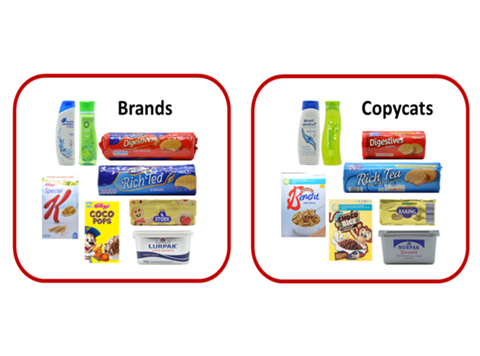
Copycat packaging is duping British shoppers into buying products by mistake, according to a study using eye-tracking technology.
New research commissioned by the British Brands Group claims consumers often navigate supermarkets on “autopilot” and are fooled by products in similar packaging.
The research was sparked by a report by Which? in 2013, which identified 150 products in similar packaging and found that, of the 2,244 people surveyed, 20% reported buying a copy by mistake instead of the brand.
Using eye-tracking techniques to allow participants’ behaviour to be monitored, the new study assessed the time taken to find products, the accuracy of decision-making and participants’ recall of the products they had seen.
The latest research found that when a buying decision was made, a copycat product was mistaken for the brand in 20% of cases when both were present on shelf. However, that increased to 64% when only the copy was present.
The study also found that when a copy was present on the shelf it was often identified before the brand, giving it an advantage.
Ageing populations, notably those with colour disorders and blurred vision, were particularly at risk.
“In the cold light of day, it is easy to spot a copy but that is not how we shop,” said British Brands Group director John Noble.
“In the supermarket, there are thousands of products and these are everyday purchases. We devote seconds to each and rely on shortcuts to make our choices. Products in similar packaging prey on this, prompting mistakes and encouraging false assumptions. Similar packaging that misleads shoppers is unlawful but goes unchallenged in the UK. That does not serve shoppers or brand owners well.”




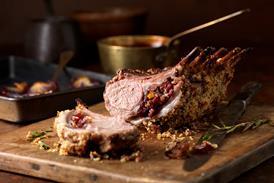



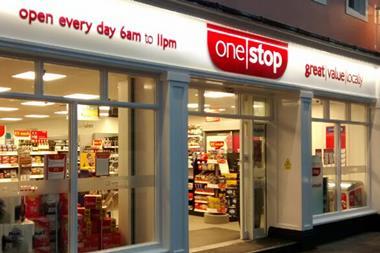


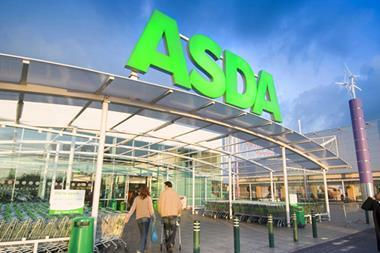


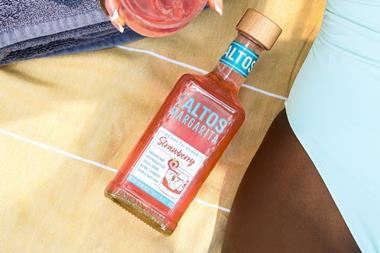


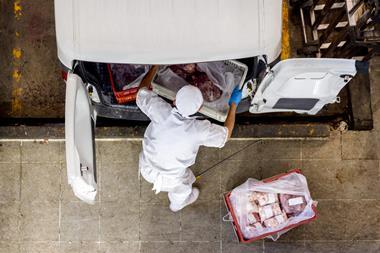
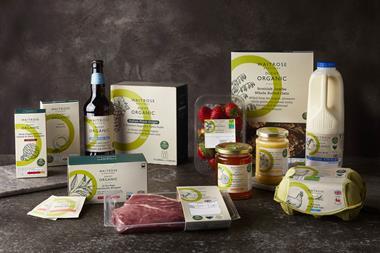
No comments yet